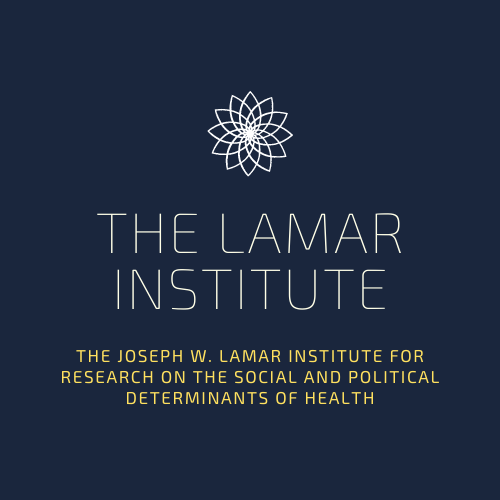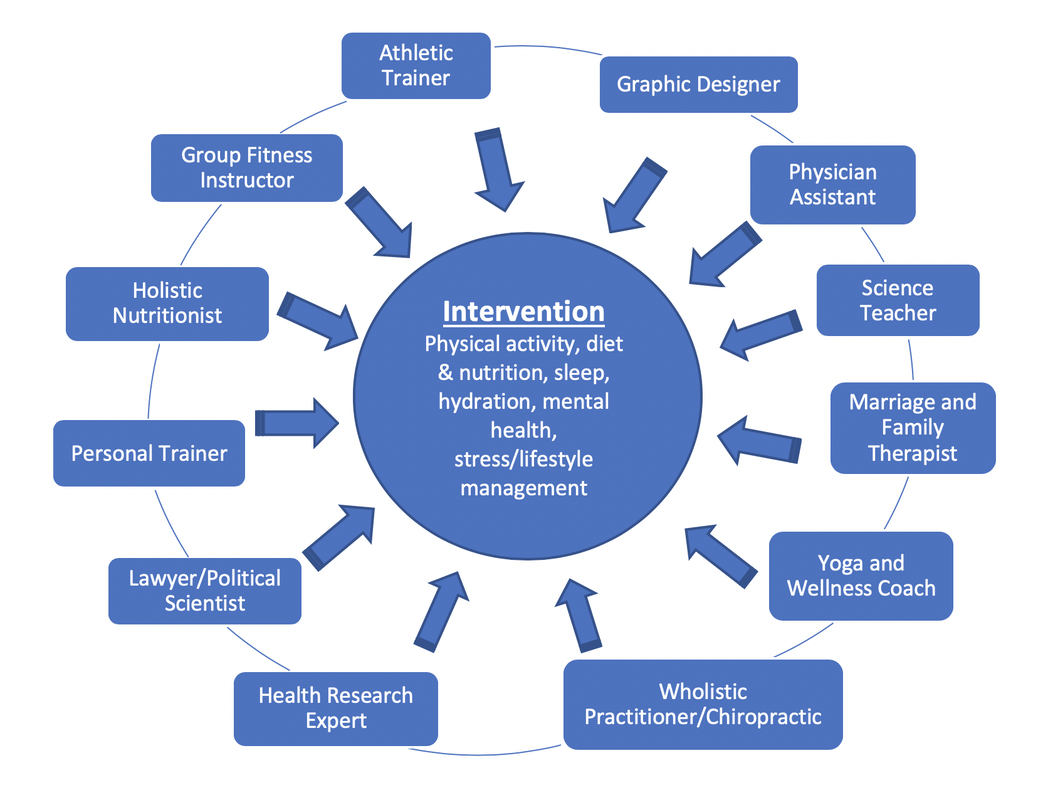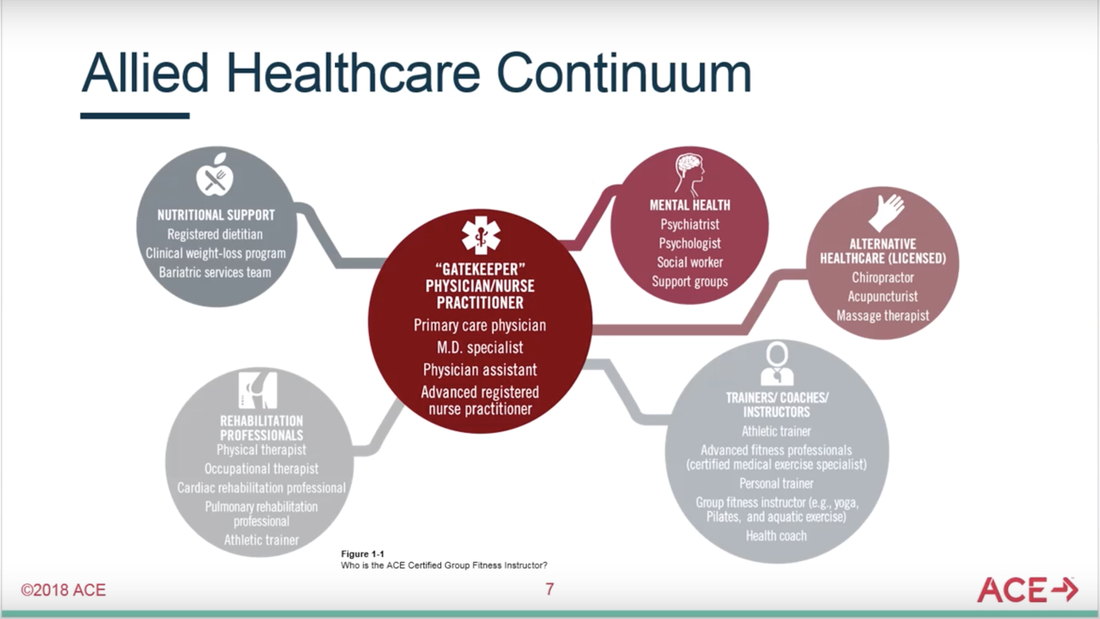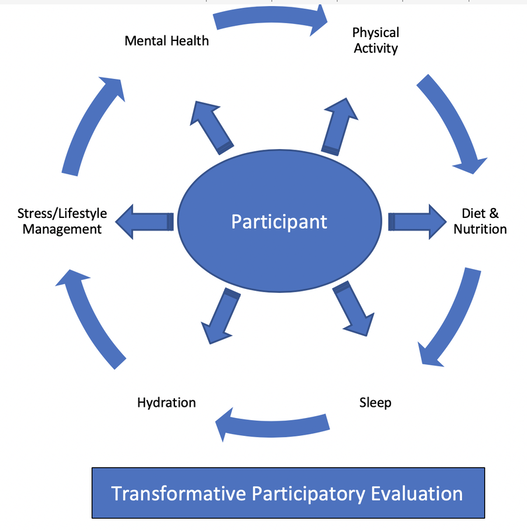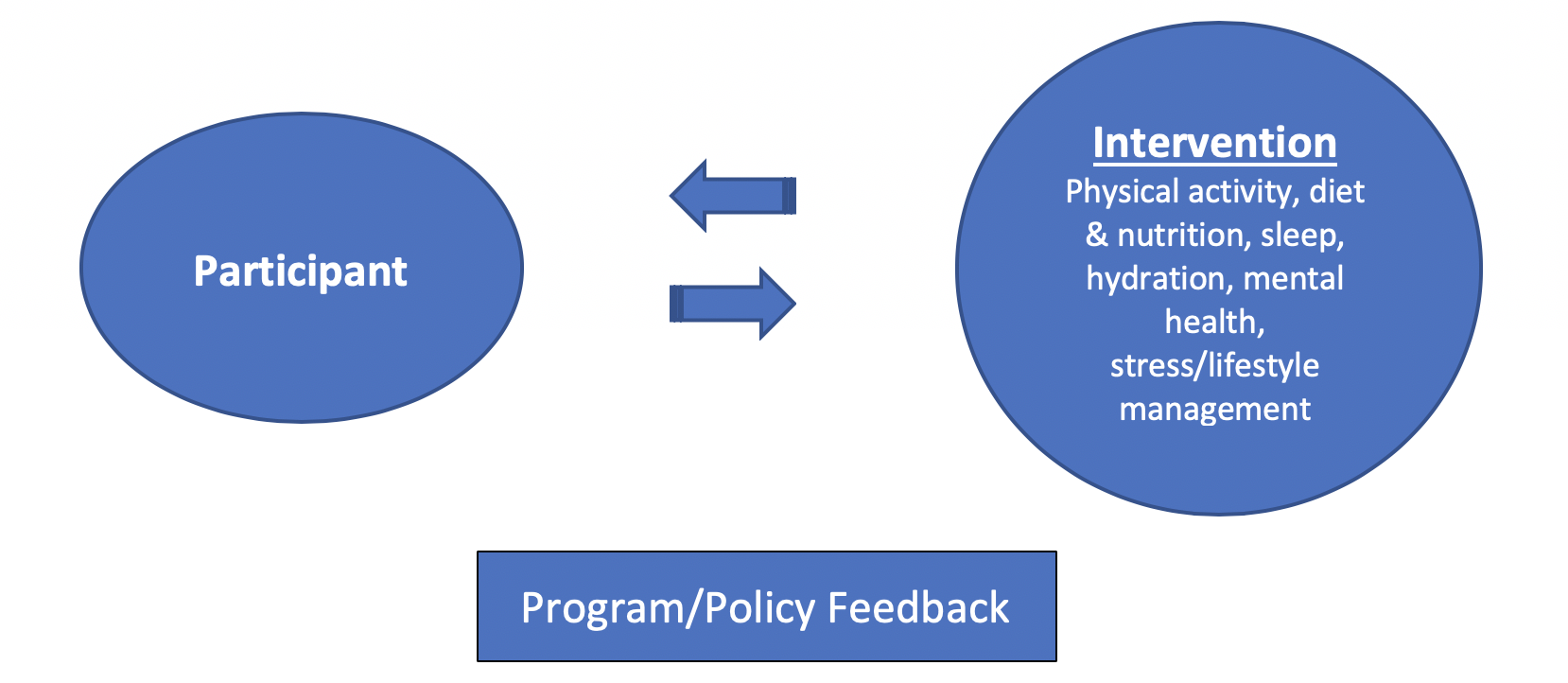The Get Healthy Initiative of The Lamar Institute
Mission Statement
Our mission is to engage local community partners, organizations, and businesses to work with the members of the community in developing a diffusible model of sustainable, effective health and wellness habits that lower American incidents of chronic illness and comorbid disease. Our focus is researching and addressing the social and political determinants of health.
Purpose
We are a community-based organization attempting to transform how Americans view health. Our goal is by starting with our local community we will construct a health and wellness model that can be integrated with other public health initiatives to expand health in America, not just health care.
Program Offerings
Group fitness, community support partners, educational/motivational content, and goal setting and coaching are just a few services we are looking to provide and facilitate for mass community participation.
